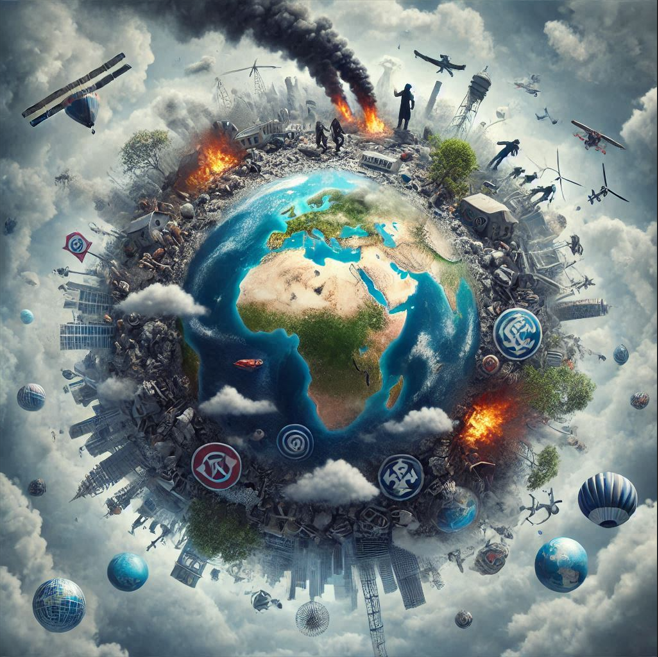The climate emergency and its humanitarian consequences: the reality we face


Climate emergencies and humanitarian impacts: the reality we face
Climate change continues to have severe effects on our lives. Protracted conflicts and climate-related shocks are increasingly intertwined, disproportionately affecting the most vulnerable countries. Eight of the 10 countries most vulnerable to the effects of climate change have humanitarian operations beyond government agencies.
Over the past decade, 83% of all natural disasters were caused by climate-related events, with a total of 389 disasters affecting approximately 98 million people, killing 15,080 people, displacing millions, and causing $173 billion in damages.
In the Horn of Africa, the spread of plant and animal pests and diseases (including desert locust surges) has been accompanied by severe humanitarian consequences, highlighting the potential impacts of climate on ecosystems.
The number of people facing severe food insecurity is also increasing, with an estimated 155 million people in 55 countries classified as having total food security phase 3 or below. In addition, more than 30 million people are in Phase 4 (emergency), one step away from the worst-case scenario of Phase 5 (catastrophe/famine). In some areas of Burkina Faso, South Sudan, and Yemen, the worst-case scenario has become a reality.
The frequency and diversity of infectious disease outbreaks have also increased significantly over the past five years, with 94% of countries that have made interagency humanitarian requests recording at least one infectious disease outbreak. The COVID-19 pandemic has disrupted many vaccine distribution and disease prevention programs, increasing the risk of disease outbreaks, including cholera, dengue fever, measles, polio, and Ebola.
International cooperation and assistance are essential to improve this situation. Climate change measures and strengthened humanitarian assistance are needed. Thinking about what each of us can do and taking action will be the first step to building a better world for future generations.

Here’s the information organized and converted to US dollars: Disaster Prevention Budget in Japan
(Fiscal Year 2023) 643.84 billion yen (approximately 4.57 billion USD) Domestic Arson-Related Market
(in billion yen)
2017: 15.94 billion yen (approximately 114 million USD) 2019: 23.19 billion yen (approximately 166 million USD) 2021: 31.28 billion yen (approximately 224 million USD) 2026: 31.91 billion yen (projected, approximately 229 million USD) 2027: 153.3 billion yen (projected, approximately 1.09 billion USD)











